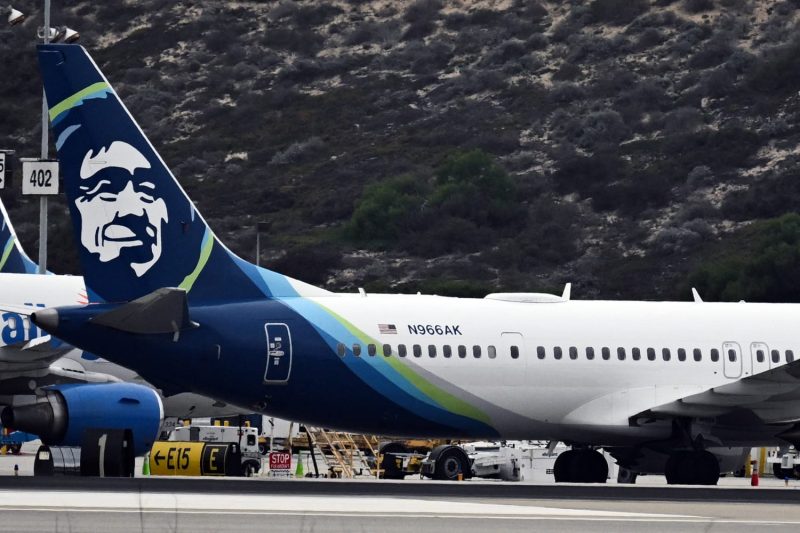After nearly two years of grounding, both Alaska Airlines and United Airlines have recently announced the return of their Boeing 737 Max 9 jets to service. This significant development came after a rigorous series of checks, tests, and approval processes that have all thread the path towards ensuring passenger safety and restoring confidence in the Boeing 737 Max series.
Following two fatal crashes that claimed the lives of 346 people, the Boeing 737 Max was grounded across the globe in March 2019. The incidents led to a substantial re-evaluation of the aircraft’s design and safety protocols.
Alaska Airlines officially integrated the Max 9 into its fleet in March 2021, starting with daily round trips between its hub in Seattle and San Diego and Los Angeles. The airline, which had previously revealed an all-Boeing 737 fleet, reported the orders of 68 Boeing 737-9 Max planes in December 2020. They are aiming to have 120 of the model in operation by 2024. It is believed that the efficient and environmental features of the Boeing 737 Max will enhance Alaska Airlines’ commitment to sustainable operations.
On the other hand, United Airlines resumed flights with the Max in February 2021, starting with a round trip from their hub at Denver International Airport to Houston’s George Bush Intercontinental Airport. In December 2020, United expanded its order of Max planes from 150 to 180. Their fleet currently has 30 Max 9 planes, and they are expected to receive 28 more in 2021.
The return of the Boeing 737 Max 9 comes after an exhaustive investigation by the U.S. Federal Aviation Administration (FAA). In November 2020, the FAA gave the green signal to the airplane’s service resumption, declaring it safe after enacting a series of design modifications, new operating procedures, and improved pilot training programmes.
Preparing for the Max’s return to service, both airlines have implemented rigorous, multi-layered processes and procedures. This includes the completion of more than 1000 test and check flights, meticulous technical analysis, and extensive internal and regulatory reviews. Alaska Airlines and United Airlines have also emphasised their commitment to transparency, with United launching a webpage for customers to identify whether their flight is scheduled on a Max aircraft, and Alaska Airlines pledging to rebook uncomfortable passengers on a different flight at no additional cost.
While this reintroduction of Boeing Max 737 might represent a financial boost to the struggling aviation industry, it also conveys a significant message about passenger safety and the relentless efforts of airlines to restore public faith in air travel. Despite the shadows of the past, the airlines’ detailed preparation and stringent safety protocols tie into their broader commitment to providing secure and efficient passenger travel. It is clear that the tragedies have been used as a vital learning curve to ensure better practices, and more robust checks and controls are now in place for the future.




